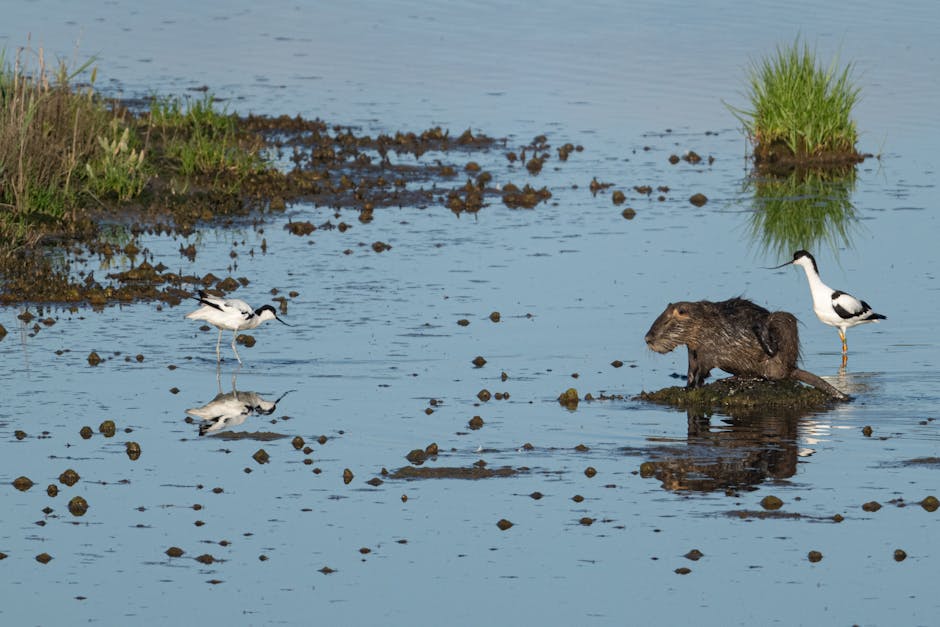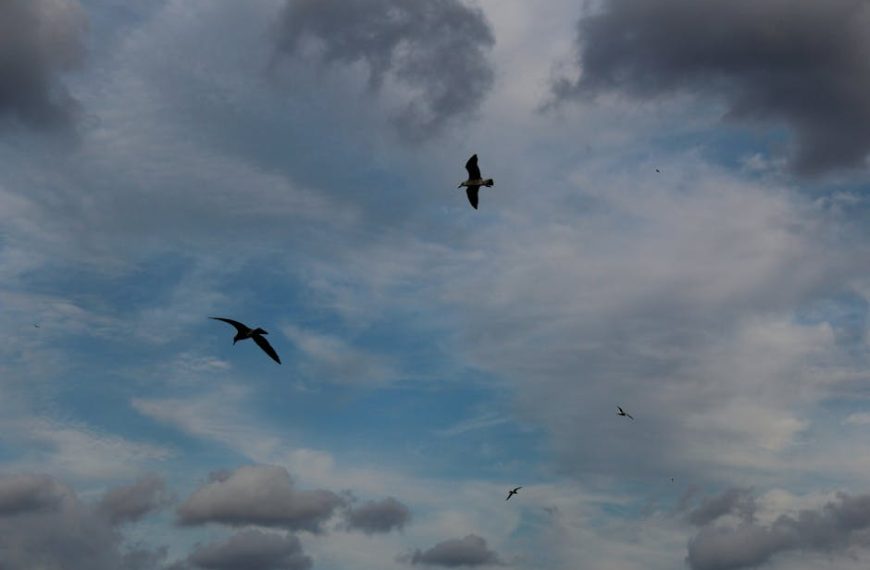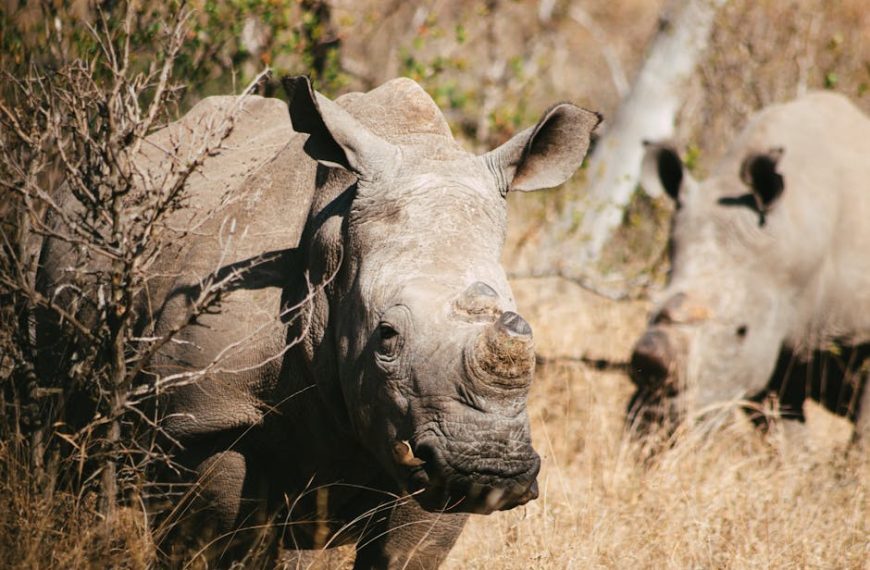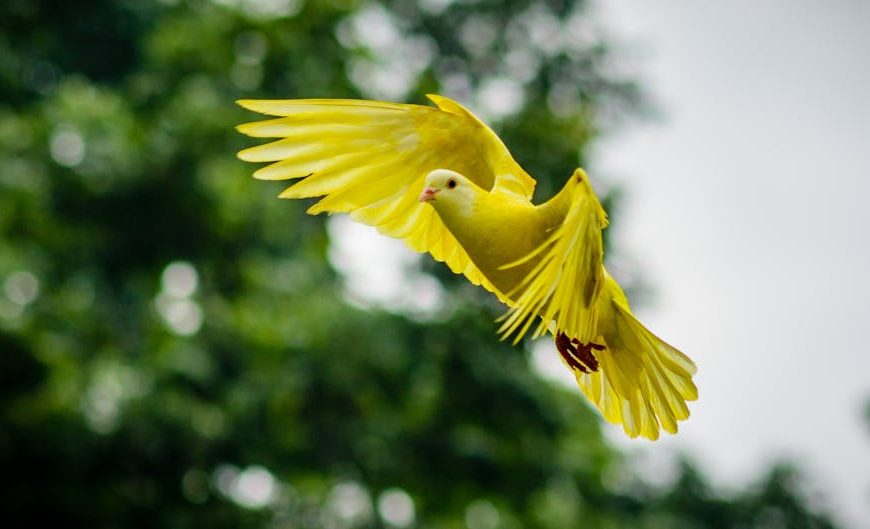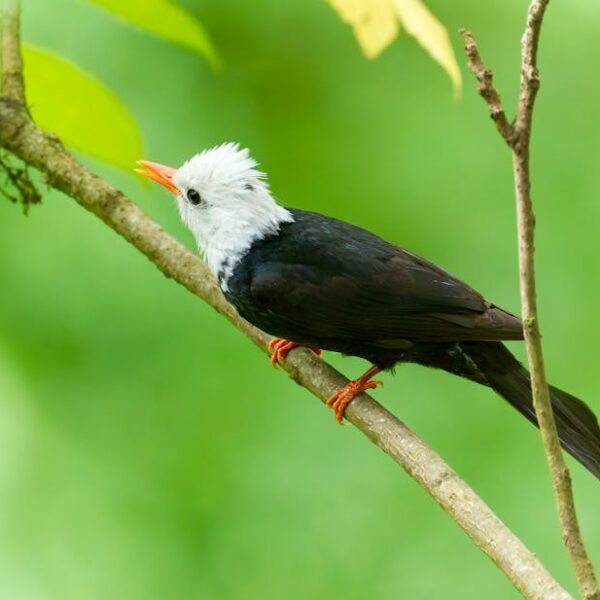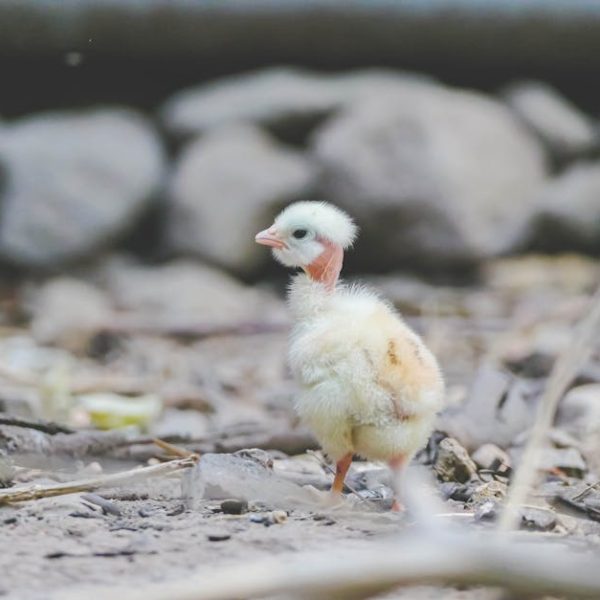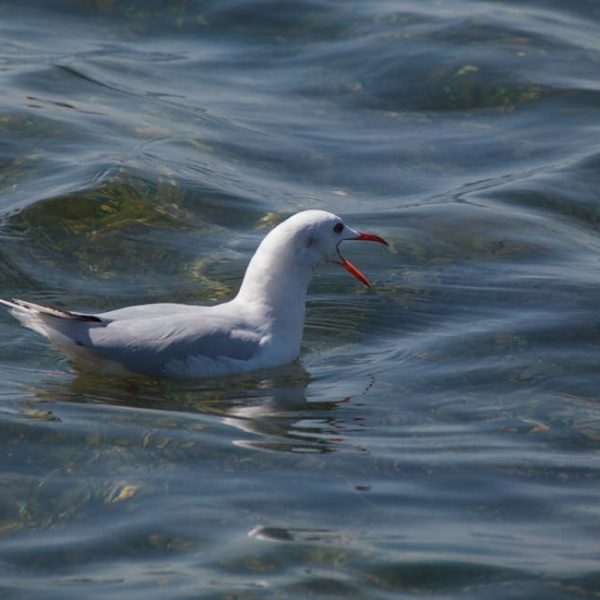Bird migration is a well-documented phenomenon, though the reasons behind it are not always readily apparent to the casual observer. At the heart of the matter, birds migrate south for winter to cater to their survival necessities, with the primary motivators being food availability, bearing the cold temperatures, and protection from predation.
The scarcity of food resources in winter months often compels birds to seek out more abundant regions, pushing them towards warmer southerly climes. Insects, a significant component of several bird species’ diets, become scarce as temperatures plummet. Similarly, plant species that many frugivorous birds rely on may bare fewer fruits or none at all during winter. Consequently, the birds must travel thousands of miles to regions where these resources are ample.
Harsh weather conditions put additional strain on resources, and notably, some birds cannot withstand cold temperatures. Their bodies lack the insulating layers that would allow them to weather prolonged cold periods, inspiring their migration.
The threat of predation is further reduced by traveling in groups. Birds adopting this strategy not only decrease individual odds of falling as prey but also benefit from the community spirit that leads to collective feeding and protection against predators.
The Science of Birds Adaptation for Winter Migration
Long, strenuous migratory journeys call for profound physiological adaptations that equip birds to handle the rigors of their flight. As winter approaches, birds may increase their feeding frenzy, storing up energy as fat reserves to fuel their journey. This behavior, known as hyperphagia, results in temporary weight gain crucial for their survival during migration.
Another critical adaptation is the process of molt, where old feathers are replaced with new ones that are more robust and efficient for flight. More so, research has suggested that birds may experience heightened senses during migration, allowing them to better navigate and locate food resources over long distances.
While these adaptations support bird migration, human activities significantly affect their success. For instance, excessive lighting in urban areas can disorient nocturnal migrant birds, resulting in collisions with buildings. On the other hand, setting up bird feeders in yards could provide additional food sources for migratory birds during their journey.
The Patterns and Routes of Birds’ Winter Migration
Just as the reasons for migration may vary, the patterns and the routes birds take toward winter grounds are diverse and species-specific. Many species of birds have established flyways—broad corridors within which they travel during migration. These flyways typically follow the topographical features of the land, such as coastlines, river valleys, and mountain ranges.
Different flyways may present unique advantages and challenges for migrant birds. For instance, a coastal route could offer abundant food resources but carries the risk of strong winds or storms, which can be deadly for migrating birds. Knowing these routes and understanding their implications can be vital in bird conservation efforts, helping direct resources to key areas that need protection or restoration.
Challenges Birds Face During Winter Migration
Despite the detailed preparation that goes into migration, birds often face numerous challenges in their journey. One significant challenge is weather extremities such as storms and extended periods of unfavorable weather that can lead to exhaustion and disorientation, threatening their chances of survival.
Predation is another substantial risk. Birds—especially younger or weaker ones—are likely to fall prey to many predators, including larger birds, mammals, and even other species of birds.
Physical exhaustion, diseases, or injuries often claim a significant number of migratory birds. Furthermore, man-made obstructions such as buildings, windows, and wind turbines pose significant hazards. Light pollution is a growing concern as it disorients birds, leading to fatal collisions.
As responsible citizens, there are measures we can take to mitigate these hazards for birds. These include advocating for bird-friendly building practices, minimizing light pollution, and supporting conservation actions that help protect important migratory stopover sites.
Importance of Winter Migration for Birds’ Survival and Ecosystem Balance
Migration is not merely for the species’ survival – it holds a vital role in maintaining the balance within an ecosystem. As birds move across different geographical boundaries, they influence the structure and function of ecosystems. They act as pollinators, seed dispersers, and predators, driving the dynamics of local plant and animal communities.
On the flip side, if birds stopped their winter migration, this could have far-reaching implications. Decreased populations in certain areas could lead to insect outbreaks, potentially triggering a cascade of ecosystem changes. Furthermore, regions dependent on migratory birds for seed dispersal might exhibit altered plant community compositions over time.
From an ecological viewpoint, bird migration benefits various ecosystems in numerous ways. However, it calls for extensive energy demands that put a great deal of strain on individual birds and could potentially lead to significant mortality risks during migration. Hence, there is a need to balance the needs of the migrating birds with the environmental changes taking place globally to ensure the continued existence of this spectacular natural phenomenon.
To sum it up, understanding the intricacies of bird migration can guide wildlife and conservation efforts ensuring these feathered travelers continue to grace our skies and enrich our ecosystems every year.
Key Takeaway:
- Birds migrate south for winter primarily due to survival necessities such as the scarcity of food, cold temperatures, and predation threats.
- They undergo physiological changes to adapt to long-distance journeys. Human activities significantly influence their success.
- The migration patterns and routes are diverse, species-specific and influenced by topographical features.
- Birds face significant challenges during migration, most of which are related to environmental changes and man-made barriers.
- Their migration plays a pivotal role in maintaining the balance of various ecosystems.
Let’s not forget that bird migration is a fascinating process that manages to keep the balance of ecosystems and assures birds’ survival. As various species navigate their way south each winter, we can engage in practices that support their journey and lessen their difficulties. We all play a part in the grandeur of nature, and by understanding, respecting, and supporting migration, we can continue to witness this phenomenon for years to come.
FAQs
Q: How can I help migrating birds during winter?
A: There are several ways to help migratory birds. You could set up bird feeders, minimize light pollution and advocate for bird-friendly building practices in your community.
Q: Why do some birds not migrate for winter?
A: Some birds have adapted to withstand cold temperatures, or they live in regions where food sources remain ample throughout the year. Others may be non-native species introduced to an area where they don’t need to migrate.
Q: Do all birds follow the same migratory routes and patterns?
A: No, the migration routes and patterns are diverse and species-specific. They’re influenced by factors like food availability, weather, and topographical features.
Q: How do bird migrations influence ecosystems?
A: Birds play roles as pollinators, seed dispersers, and predators influencing the structure and function of ecosystems. Their migration can drive dynamics of local plant and animal communities.
Q: What might happen if birds stopped their winter migration?
A: It could have far-reaching implications on ecosystems. For example, decrease in bird populations might lead to insect outbreaks, and regions reliant on these birds for seed dispersal could face changes in their plant compositions.
Feel free to share this article and explore more fascinating posts on our website. Understanding nature’s delicacies is a step towards preserving it. Let’s stay curious and inspired to learn more!
